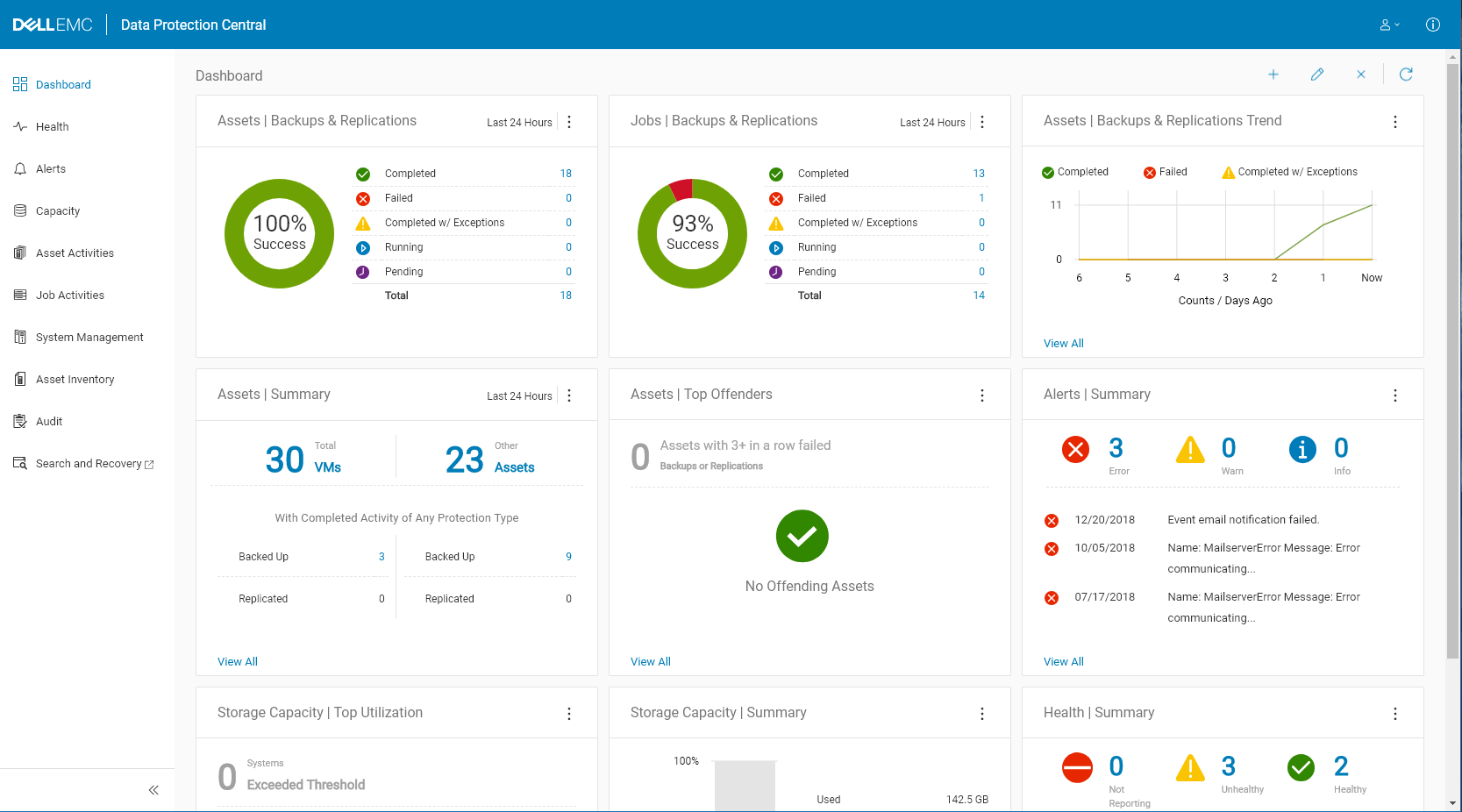In my first post for 2019, I spent a little bit of time talking about the key trend we’re going to see dominating IT for the next decade, automation. It might sound trivial, but good automation is a combination of very clever development work, methodical attention to error checking, and a rigorous focus on eliminating repetitive activities. Each one on their own can be a challenge – put all three together and you’re setting the bar high for IT infrastructure. That being said, it’s a good challenge to meet.
Now I’ve got that out of the way, I want to spend a little bit of time reflecting on 2018.
From a personal perspective, 2018 was an interesting year for me. For a start, this happened:

The best thing, by far, that 2018 delivered to me was finally getting married. Daz and I tied the knot, finally becoming husbands on our 22nd anniversary. Eschewing a lot of the normal venues for weddings (churches, beaches, etc.), we decided to tie the knot at our local pub. After so long together, that meant for a couple of quirks, such as entering to this music playing, and the above wedding cake, themed from Vincent and the Doctor , with the added twist of our cats featured as well.
Yet 2018 was a challenging year, too: both our cats were diagnosed with serious illnesses that have only one end, and my father spent most of the year undergoing difficult cancer treatments only to find out towards the end of the year that they’d not achieved the desired results – and again, there’s only one end state from that situation, too.
2019 is likely to be a bit bumpy.
But what happened in Data Protection last year that we should reflect on? Well, quite a few things, actually.
I’ll start with a personal achievement: co-authoring Protecting Information Assets and IT Infrastructure in the Cloud. I was approached mid-2018 to co-author a book dealing with public cloud; it was pretty much a 50/50 split, with my section concentrating on risks and considerations for public cloud, and data protection within cloud environments. Expect to see it out in May, 2019.
On the broader data protection front, what were the big things that happened last year? This isn’t about the only things – there’s plenty that happened, but I want to mention some things that I thought were pretty defining in terms of the direction 2018 took.
The DP4400
The Integrated Data Protection Appliance series was released in 2017 and grew from strength to strength in 2018. The biggest news in 2018 was in the 2RU space: the DP4400. A hyperconverged data protection appliance giving you backup, storage, search, reporting, cloud tiering and cloud disaster recovery, starting at just 24TB usable. I covered the 4400 in the post: Super Backup in a Box That’s Really Quite Bodacious, and if you missed the post, you really should take the time to check out just how awesome this 2RU box is.
HTML5 Journey Goes Full Steam Ahead
Backup software interfaces have traditionally been either platform specific or Java. That’s going away with the Data Protection Suite. Avamar has substantially moved towards a HTML5 interface, NetWorker is now well along that journey as well, and Data Protection Central is really ramping up the pace.

Data Protection Central (DPC) to me is a big feature of 2018 that you really should be taking advantage of. Here’s the support page for it, where you can download it for free. Deploy a virtual machine, click a few boxes and fill in a couple of details, and you’ll have a dashboard running in your backup environment that lets you keep your finger on the operational health of your backup and recovery solution. Beyond anything else, it’ll make your job easier.
Cloud Native Goes Multi-Cloud
When you move workloads into public cloud, you’re faced with a choice: do I protect this workload using traditional methods, or cloud native methods? (The optimum answer in many cases may surprise you: both.)
Cloud Native data protection is typically about snapshots. Easy to take, and easy to forget about, being left there consuming object storage in the cloud platform, just adding bit by bit to the bill every month. (One is reminded of Master of the House, from Les Miserables.)
Cloud Snapshot Manager isn’t about rewriting how snapshots are taken in public cloud, but about providing an enterprise management framework around the native snapshot functionality. How many snapshots do you want? How frequently do you want them taken? How long do you want them kept? Do you want weekly and monthly snapshots kept as well? Do you want the snapshots replicated? When do you want them deleted? And, if you’re an enterprise, you’ll want the really important stuff: reporting and insight into whether your data is protected.
Cloud Snapshot Manager has been around for a while, but in 2018 it went multi-cloud, covering both AWS and Azure. If you’ve not checked it out, really really do need to test it (you can test it for free).
Cloud DR – Your DR Datacenter Replacement
Disaster Recovery is expensive business. If you’re a larger enterprise, that’s something that’s at least easier to factor into the budget process. But smaller businesses – more in the commercial than enterprise space – can often find the cost of either colocation facilities or disaster recovery facilities a challenge to meet. (Some, bound by compliance, end up taking odd stop-gap measures, like retiring aged production equipment to their DR site as the ‘DR’ equipment, even though it’s likely not to be able to meet production workloads.)
Backup is like insurance, but so too is disaster recovery. It’s something you really do hope you never have to invoke, but it’s something you’ll invoke even less than backup/recovery. So if you’re budget constrained, what would you rather do – have a recurring monthly bill in the tens of thousands to maintain a presence at a co-location facility that you might use only once every 1-2 years (not to mention the hardware expenditure), or would you rather just spin up workloads in a public cloud while you solve the problem, then move them back to your computer room/datacenter?
That’s what Cloud DR is about. If you don’t need 0-RTO and 0-RPO in your disaster recovery plans, Cloud DR is about enabling a solution that drastically lowers the cost and complexity of providing disaster recovery services. (You might not even need it for every system in your environment, particularly if you operate in a commercial space.)
Synced Release Cycles
2018 saw the data protection suite release cycles synced. This resulted in Data Protection Advisor, Data Protection Search, Data Protection Central, Avamar and NetWorker all getting an 18.1 release in July 2018, and an 18.2 release in December 2018. Data Domain OS and Plugins also got updates at the same time as well. For users of the Data Protection Suite, this is a good process of providing a simple and smooth upgrade experience.
2019 Will Be a Big Year
There was a lot happening in Data Protection in 2018, and that momentum is only going to continue to build. Expect to see 2019 to continue to deliver stellar tools and options for your data protection workloads.
